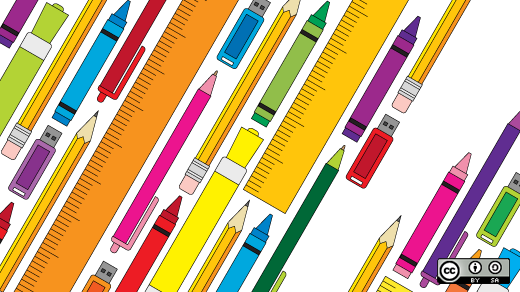Common Core State Standards and Universal Design for Learning (UDL) have designed standards and frameworks to support learning in the classroom. However, their approaches on English Language Arts and the use of digital technology and open source need to be better aligned.
Common Core State Standards is a state-led initiative to provide a set core of common knowledge for children to succeed in life and learning. Each state has the option to adopt the standards or not. It is primarily based on performance and on expectations of what children are to learn at every grade level and subject. The Common Core State Standards claims that this practice will help better prepare children for high school, college, the workforce, and a global economy. The standards are heavily based on print and book-based learning.
Universal Design for Learning, on the other hand, is a framework that emphasizes creating effective, flexible goals with all learners in mind. UDL was designed to expand educational opportunity, particularly for people with disabilities, and applies to all learners. It aims to eliminate barriers to learning and makes the framework accessible to all students by providing:
- multiple ways of acquiring information
- alternatives for demonstrating what has been learned
- strategies for engaging diverse learners
- strategies for motivating learners
In other words, UDL is an educational approach to making the curriculum fit the child rather than the child fit the curriculum.
This involves considering the needs of all learners, including strengths, weaknesses, and learning styles. With the Common Core State Standards, teachers are encouraged to use digital media and other teaching materials with the standards. The reading standard for kindergarten students stipulates that children are to ask and answer questions about key details in a text--such as a book--or retell familiar stories. They are to recognize common types of text, such as poems or storybooks. They're to name the author and illustrator of a story. They're to identify the front cover, back cover, and title page of a book. They're also to have a basic understanding of print, such as words going left to right, top to bottom, and page by page.
Based on the reading standard for kindergarten children, the Common Core State Standards seem stuck in print mode. Printed books, storybooks, and textbooks are still the most prevalent source for learning and instruction in school. They're often chosen by a teacher or school and not by a child. Such books or textbooks often present ideas, facts, or information to children from an author's viewpoint. Such ideas, facts, or information may be outdated, irrelevant, or too much for a child to fully grasp in the manner presented. Printed materials also present challenges to those with print disabilities and is not the best medium for learning or communicating with all students. Additionally, today's kindergarten students increasingly live in a digital world and should be exposed to multiple mediums, multiple ways of learning, and multiple ways of expressing themselves through digital technology, including open source.
In contrast to the Common Core State Standards, Universal Design for Learning tries to use digital technology--including open source--to make the curriculum more accessible to all learners. UDL Book Builder, for example, is a free online program that promotes reading and writing skills in a way that differs from the traditional, printed approach. With UDL Book Builder, all learners can benefit. Built-in coaches help support diverse learning needs, including the visually or hearing impaired.
With UDL Book Builder, children can freely create, share, publish, and read digital books. They can express their thoughts, ideas, and feelings in words, pictures, and sound. They can create their own interactive digital stories. This gives children the chance to become an author, to have a voice, to make learning relevant to their experience and their personal lives. They can control the content and the message. Printed materials may still exist and be used in classrooms today, but we're in a transitional world where print is in flux and digital learning is paramount for young children.
It's debatable how much the concepts of print feed into a child's basic psychological needs for independence, control, competency, and relating to others. It's debatable how much the Common Core State Standards will foster a love for learning or reading, or if they will better prepare kindergarten students for elementary school.
Children are often assessed in reading for accountability purposes. Today's kindergarten students are facing a classroom where the emphasis is on academic skills, high expectations, and performance-based testing. Yet, the National Association for the Education of Young Children states that childrens’ development and learning requires a wide range of abilities and learning in meaningful contexts rather than in isolation or as a series of facts.
UDL Book Builder tries to do this by building upon a child's natural curiosity, their desire to make sense of the world, and, of course, their interest in having fun.







4 Comments